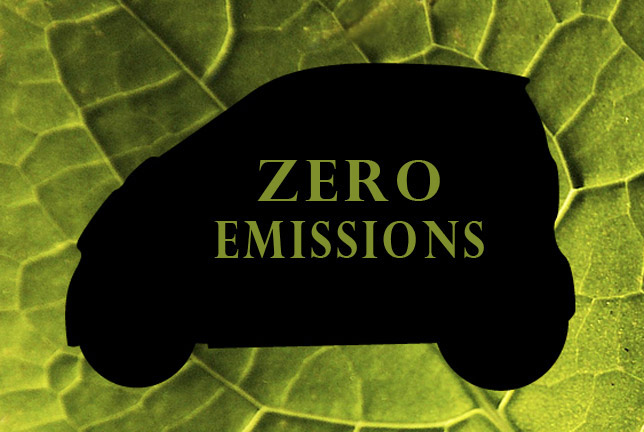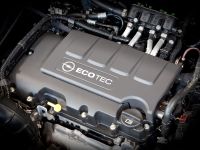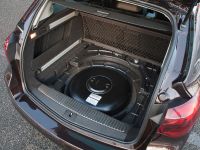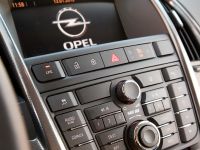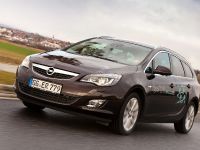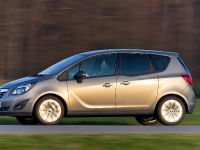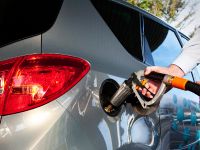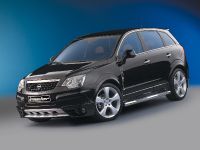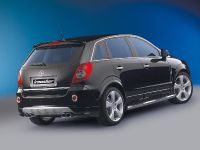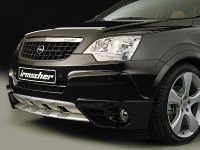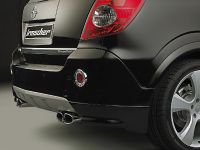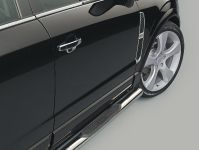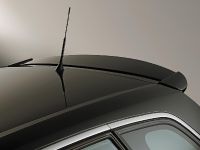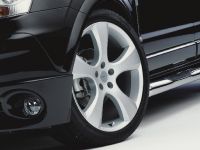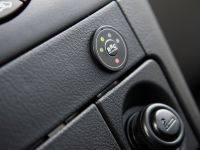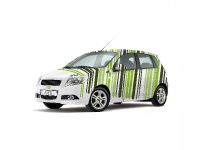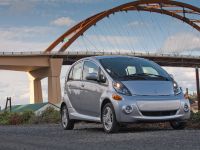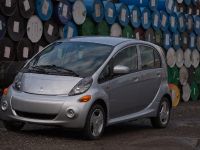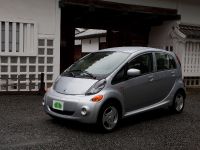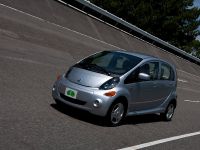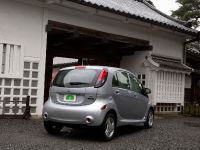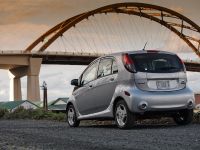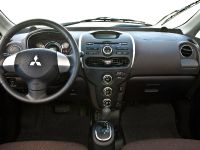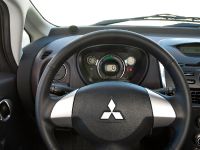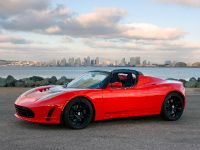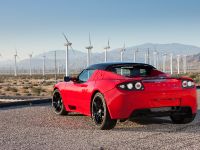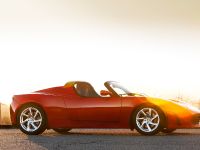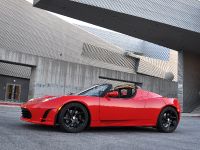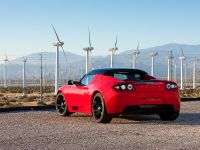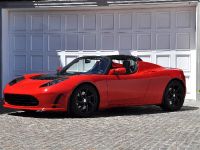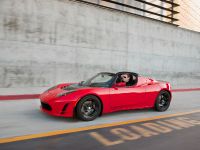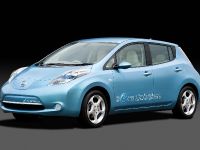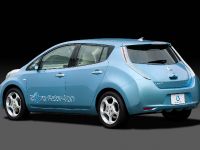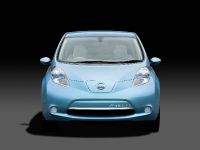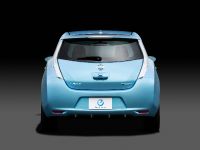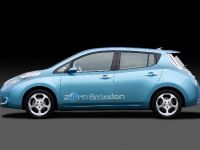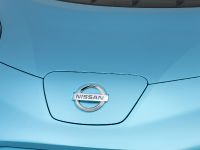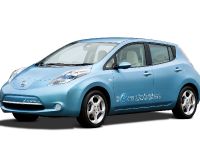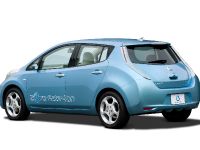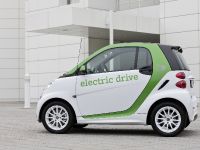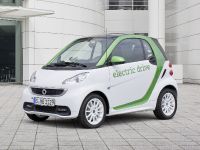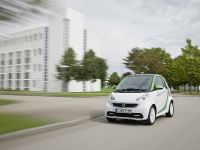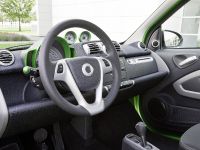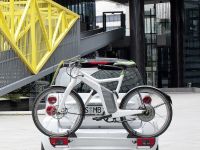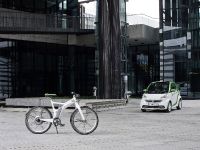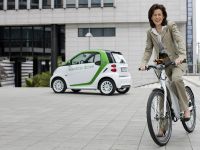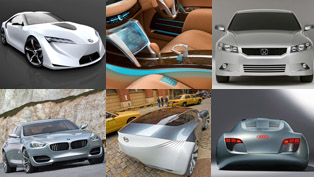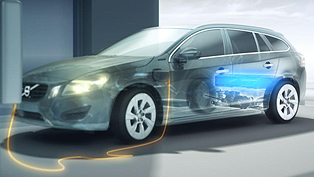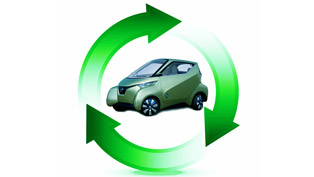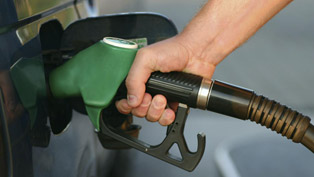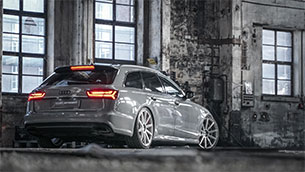Alternative Fuels: Propane, Electricity, Ammonia and Liquid Nitrogen
Yesterday we discussed two of the most popular alternative fuels – biodiesel and alcohol fuel. As we already became familiar, both are efficient not only in ecological terms, but also in economical ones. Given that the concerns around the global warming are escalating, I presume that in the future, there will be a great necessity for vehicles which emit less CO2 or are with zero emissions. Hence, this leads to the though that even more alternative ways for propulsion are going to arise in the near future. As we all can see, even now on the market, there is a big expansion of electric vehicles and hybrid ones. In addition, the brands are competing in the development of vehicles which are both fuel efficient and ecologically preserving.
First, let's review one popular alternative fuel: propane. It is a compressed natural gas which almost everybody has used in their homes. However, it is popular as an alternative fuel too. It is a by-product of natural gas processing and petroleum refining. The process is called cracking. What is commonly used as vehicle fuel is actually a mixture of propane and butane, or more familiar as liquefied petroleum gas (LPG or LP gas). It is not necessary to state the environmental benefits of its use and the fuel efficiency it delivers for they are already very well known. Take a look at some models, which are using this type of fuel:
Extremely utilized way of alternative vehicle propulsion is through the means of electricity. The good news is that although the EVs were very popular more than hundred years ago, their development now flourishes. Moreover, it seems that the automotive world is in a stage of competition. The different brands are investing nowadays more than ever in the development of technologies, using electricity as alternative fuel. The EVs use electricity which is stored in battery in the car and don't emit CO2. Although, they aren't as fast as their gasoline powered rivals, they are considered perfect for city driving. Some of the electric vehicles, already on the market:
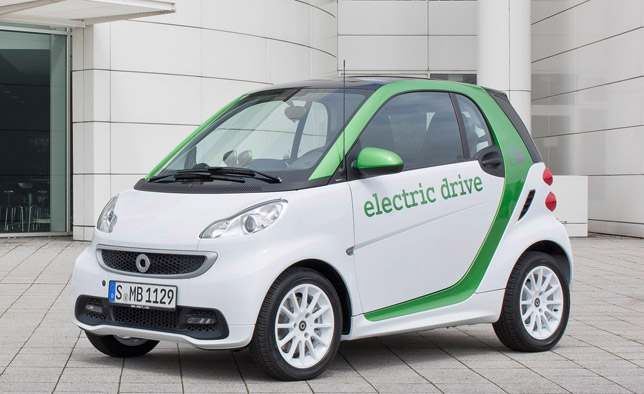
Did you know that ammonia can be used as fuel? In fact, ammonia has been proposed as a practical alternative to fossil fuel for internal combustion engines back in the beginning of the last century. In addition, it can be successfully used in already existing vehicles, which engines need only slight modification. Ammonia is beneficial in terms of zero emissions and economical efficiency.
Liquid nitrogen is another type of emissionless alternative fuel. Liquid nitrogen vehicles are comparable in many ways to the electric vehicles. However, they use liquid nitrogen to store the energy instead of batteries as it is in the case of EVs. They have several advantages that should be mentioned. First of all, they can be powered through the electrical grid (which contributes to their eco-friendliness). Secondly, there wouldn't be any transportation of the fuel, since the power is delivered from the electrical grid. This is also economically viable. Next, the maintenance is also at low costs. At last but not least, the liquid nitrogen vehicles don't have the degradation problems of the battery systems.
To sum up there are many different types of alternative fuels and nowadays even more are developed and considered for commercial use. Of course the main reason for this expansion of research is the negative environmental impact which the gasoline powered vehicles are causing, due to their high levels of CO2 emissions in the atmosphere. Undoubtedly, in the near future the commercial use of electric cars or hybrid ones won't be considered as extravagancy but as a high level of environmental awareness.
